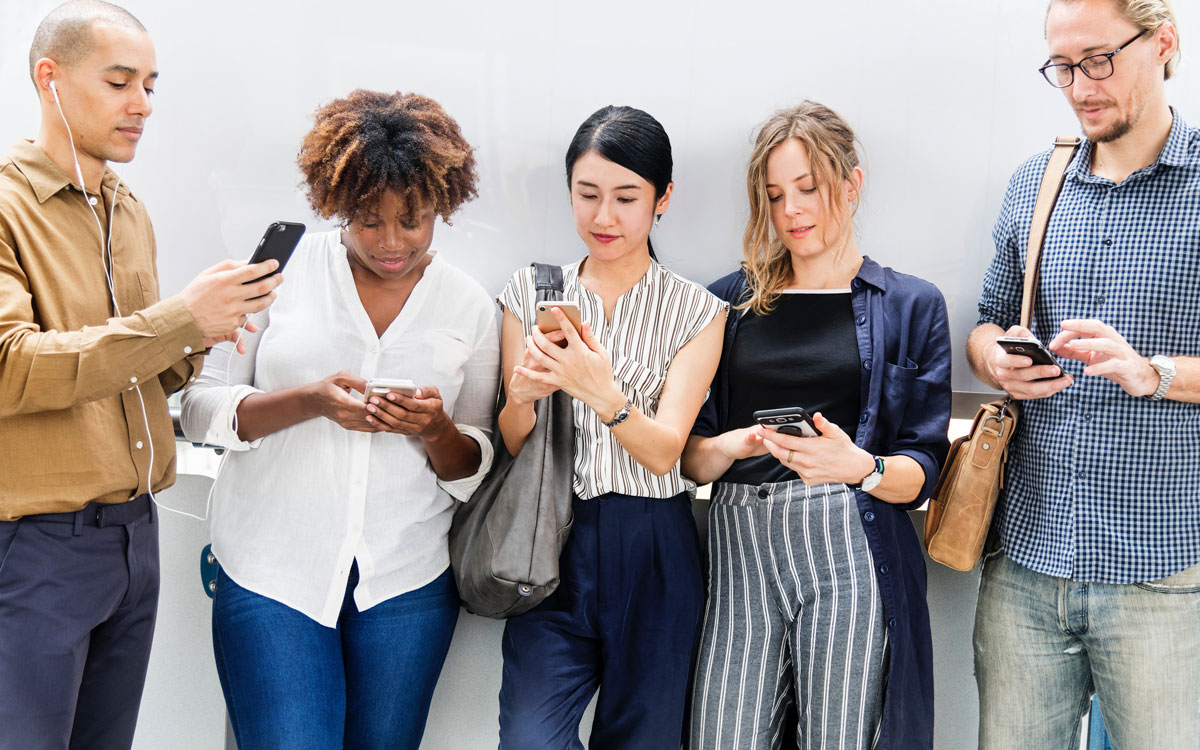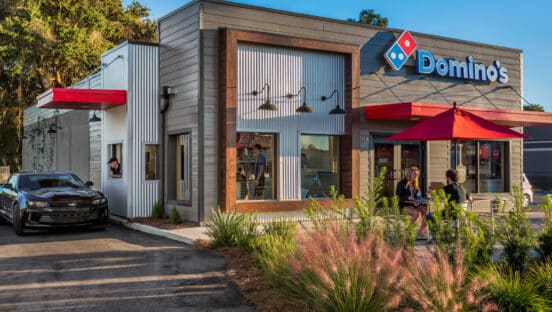It’s been nearly a year and a half since the pandemic hit and changed the course of hospitality forever. Abiding by social distancing regulations, restaurants quickly pivoted and leveraged technology to lean into other sources of revenue and customer engagement, such as contactless delivery and payment, to make it through these challenging times. Many of these core operational changes drove a transformation in consumer trends. What may have been seen as a convenience or perks pre-pandemic is now table stakes in a post-COVID-19 environment.
As restaurants across the country reopen their dining rooms at full capacity, they must have the right tools in place to adapt to these new demands, optimize in-house operations and deliver a better customer experience than ever before. That said, restaurants need to prepare to take on a surge in dine-in while balancing the booming demand and new habits of off-premise ordering, pickup and delivery that is a staple for so many consumers and a critical revenue stream for brands. In fact, one in three people surveyed by Bluedot said they plan to fully adopt their new, increased off-premises habits and never return to pre-pandemic dining habits. Still, 22 percent said they would return to their former ways and prioritize dine-in.
A well-designed loyalty program empowers operators to prepare for both by streamlining front-of-house and back-of-house operations, not only simplifying tasks for dine-in and off-premise, but also saving time and money and most importantly, elevating the customer experience. Outlined below are ways brands can leverage loyalty and integrations to improve operations and meet the newly defined needs of customers as restaurants gradually return to full capacity.
Loyalty, Marketing and the Power of AI
With the advancements in technology across industries, consumers have come to expect a personalized brand experience across all in-person and digital touchpoints. AI-powered loyalty programs allow brands to provide this by delivering seamless, personalized communications across channels and launching tailored marketing campaigns that increase customer engagement and boost overall sales. With AI, brands have access to a complete database of individual consumer likes, dislikes and behaviors, which they can leverage to deliver the right communications and offers to the right people at the right time. At the same time, they can launch targeted campaigns designed to accommodate both dine-in and off-premise consumers to drive visit frequency through both channels. With the ability to personalize the customer experience online and offline through automated data collection and marketing tactics, brands can continue to build strong, 1:1 customer relationships while operating efficiently on thinner margins.
Brands can also leverage AI to generate actionable insights in real-time to assist in vital decision-making processes across all positions front and back of house. This not only saves time and labor otherwise taken up by tracking these insights manually but also enables accurate reporting and allows for a seamless customer experience from the first interaction on.
Endless Integrations
Customers will continue to expect a seamless, end-to-end experience from the first interaction to the last. It’s important that brands deploy a loyalty solution with robust capabilities that connects to all business systems such as point-of-sale, the online experience and messaging centers, to create a frictionless customer experience as well as a unified data hub that delivers intelligent customer insights to help inform marketing and digital efforts.
Innovations that emerged from or were emphasized by the pandemic such as online ordering, curbside pickup and contactless payment will continue to be an important part of the customer experience. Brands must select solutions that complement these services, such as enabling operators to monitor all pickup orders and send automated order status updates based on the customer’s real-time location as well as allowing payments via mobile device. It all creates a convenient and memorable experience for the guest while easing in-house operations and allowing staff to focus on dine-in guests equally.
Not only do these integrations help simplify tasks from an operational standpoint, but they also allow loyalty customers to earn and redeem rewards from various touchpoints in-store and off-premise and enable brands to collect that data to continue to improve the customer experience.
Customer Communications & Empowering Employees
If the last year taught us anything, it’s that things can change quickly. With a well-equipped loyalty solution, brands have a direct line of communication with customers via mobile app about any business updates such as new store hours, outdoor seating options and lifts in pandemic-related restrictions to keep customers informed about more than just rewards.
In addition, brands can leverage loyalty programs to attract and retain employees, a key focus area for operators amid the current labor shortage. Staff-based rewards can be activated for promoting loyalty program sign-ups and points or gift cards can be offered for reaching certain merit and performance-based goals, such as punctuality, satisfied customers, and increases in efficiency. A happy and motivated staff will not only help brands avoid turnover and save on onboarding costs, but also improve the overall customer experience.
The New Way of the Restaurant World
With restrictions lifting across the country, restaurants must optimize operations to meet consumers’ pent-up demand and effectively leverage the influx of dine-in traffic while being prepared to satisfy a similar level of off-premise service along with evolved customer behaviors that emerged from the pandemic. Based on changing consumer demands and heightened expectations, along with an increased amount of technologies available to alleviate operational headaches, brands should leverage loyalty and integrations to improve in-house operations to create a better guest experience in-person, while doing the same online to remain relevant and drive lifelong customer loyalty.
Shyam Rao is co-founder and CEO of Punchh. Previously, Shyam held positions of increasing seniority at Motorola in its CDMA and WiMAX divisions. He co-founded LoCognition, a mobile startup focused on aggregating and standardizing access to location-based services across different cellular networks. He was on the Principal Investments Team at Merrill Lynch and was vice president of business development at Prime Focus, a large media-services company. Shyam earned a Bachelor of Science degree in computer engineering from the University of Toronto and an MBA from the University of Chicago.






